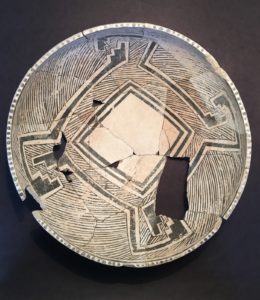Buckets of Fun (Work?)
Proposed research project is feasible? Check. Timeline formatted? Check. Milestones added? Check. Now it’s time to break the work into manageable chunks, a process cleverly called work breakdown.
Breaking the work down enables you to spread your grant writing over time and still have a life. Work breakdown for writing a grant is a two-step process. The first step is creating work packages. These are the large “buckets” of work that need to be completed for the actual submission. Here is a schematic of the work breakdown structure. Within each bucket will be a number of specific tasks that will need to be done to “empty” that particular bucket. Creating the tasks is the second step and will be covered in next week’s blog.
The easiest way to create your buckets is to list all documents required for the submission. For NIH proposals, the Program Announcement (PA) or the Request for Applications (RFA) will have a list of the documents. Downloading the application package also works.
Once you have all documents (fillable forms, work you generate and place on the appropriate form) listed, verify the list by comparing it to the PA, RFA, similar recently submitted/funded proposals, and/or by having someone experienced in grant submissions review it with you. Make additions/changes as needed, then group the documents into logical buckets of work. Try to keep your number of buckets to ten or fewer if possible. These checklists for NIH K and NIH R show elements (required and possibly needed) for their respective proposals. Colors indicate one possible set of work packages (read: buckets), but feel free to create your own.
Your assignment:
- Decide what you will call each bucket. For example you may decide to group Specific Aims and Research Strategy into a bucket called “Body of Grant.” See the checklists (K, R) for additional examples. Notice that names of work buckets do not include a verb. They are not actions; they are a piece of work that needs to be done.
- Assign each bucket a color of sticky note and write the name of the bucket on the sticky note of the assigned color
Place the sticky notes in a blank column on your timeline.
Next Post: What’s in Your Bucket(s)?
Previous Posts:
- #*@*! Plan Is Not a Four-Letter Word
- Planning to Plan: Gathering Materials
- Can You (Really) Do Your Proposed Study?
- Researchers–Start Your Timelines
- 500 Mile(stones)






0 Comments